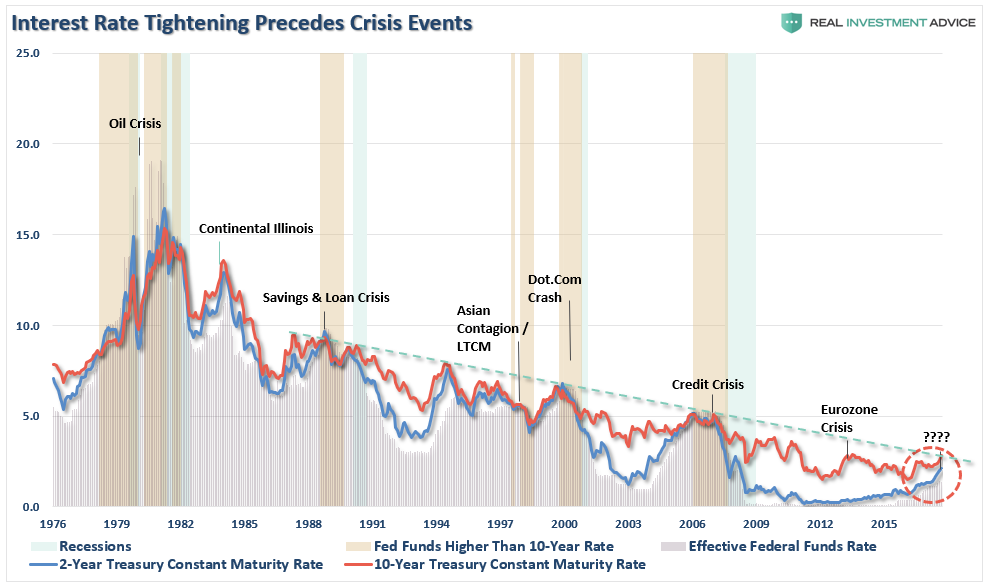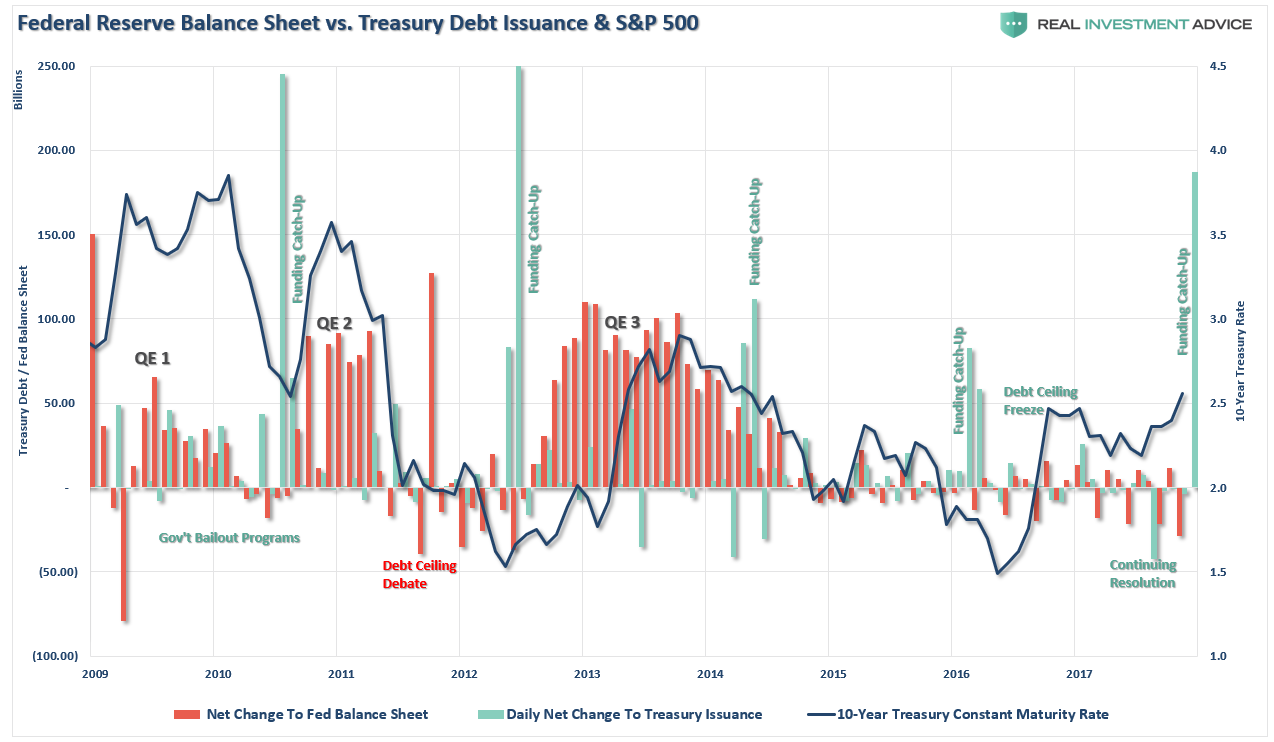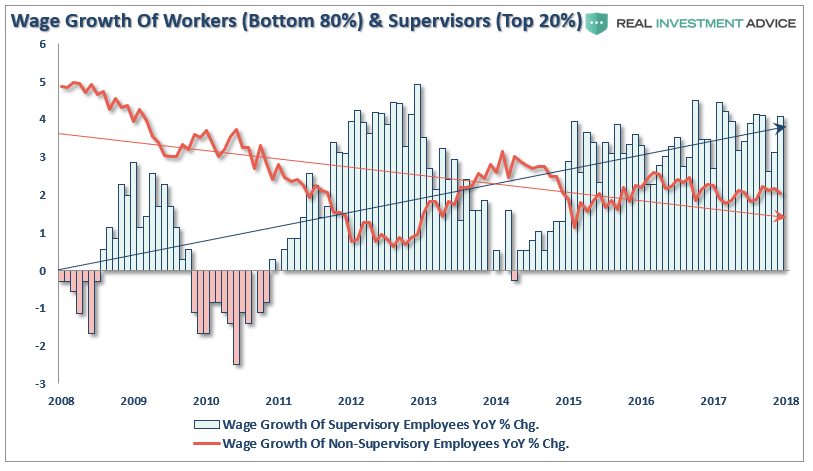By Charlie McElligott, managing director of cross-asset strategy at Nomura.
Fade to Black
The “grey swan” we all have spoken about for years—that being the absurd “tail wagging the dog” potential of VIX ETN market structure (inverse and leveraged products) AND the massive growth in “negative convexity” / “vol target” / “vol rebalancing” strategies to either generate extra income or “systematically allocate risk” (looks good in the prospectus, right?!) –finally “broke” the volatility market, and has now bled-through to the “underlying” spot equities market…as the short vol trade went “lights out.”
The ETNs are the “patient zero” of this current market meltdown. It is estimated that there was anywhere from ~$125mm to $200mm of vega / VIX futs to BUY on the close from the two main “short VIX” ETNs that rebalance daily (XIV and SVXY). As S&P traded -50 handles AFTER the cash close from 4:00pm to 4:15pm into the market’s anticipation of the massive rebalancing of volatility (buy to cover) on the close, XIV then saw a delayed and terrifying ~-87 PERCENT move after the close, as some who owned XIV puts as crash protection sniffed this potential and speculated liquidation from the ETN, which is set per a rules-based system to buy back short vega after an 80% “crash trigger”(which again isn’t a certainty because they use a blend of 1st and 2nd month). The asset pool nonetheless was seemingly / largely wiped-out and the note is guaranteed to “pay out” to their shareholders as set per their prospectus. It is likely that this thing has indeed been “triggered” and will be forced to liquidate. SVXY doesn’t have the firm 80% “trigger” but too is seeing its NAV “wiped out” and is trading ~-80% post-close as well.
The issue NOW is the pile-on going-forward across assets, as the systematic “short vol” community’s models are now completely toast, and they too will be forced to cover remaining “short vol” positions that didn’t trade today—i.e. BE PREPARED FOR A MAJOR VIX FOLLOW-THROUGH TOMORROW.
VaR-based models need to be reset across all asset-class strategies, forcing further de-risking over the coming days and potentially weeks, as heads of funds and heads of risk try to figure out how much their models are forcing them to “gross-down.” Shorter-term vol target / vol allocation strategies (think CTAs) and longer-term models like risk-parity and too will reset and “rebalance” their risk (lower) as realized vols are re-priced. Structured products, annuities and other vehicles with built-in protection? Also purging exposure on the vol reset. Finally, it also shouldn’t be lost on the popularity of “short VIX” trades in the retail community, and the “butterfly flapping its wings” relationship to the recent melt-down in the crypto-currency space.
The “white knight” of corporate buybacks (which by the way were running at 300% of volume today per a competitor as they were pumping the mandates to hold-up their stocks) will be extraordinarily tested with keeping the stock-market “propped up,” especially as the traditional active community is likely to back-away until there is a better sense on how this event shakes out… few will willingly be in there tomorrow prepared to catch this falling knife.
Cross-asset, the trickle-down of unwinds is clearly a focal point from here. As noted two weeks back in the “Nomura Cross-Asset” piece, I’ve been focusing on the “risk” of positioning asymmetries with consensual “bearish rates” / “flattener” and “short USD” trades primarily, but too, crowded thematic equities position tied to the rates and USD trades (i.e. “long momentum” / “long tech / growth”).
As such, the +7 Z-SCORE (relative to 90d move) today in the UST 2Y/ mongo bull-steepening seen in 5s30s (+7bps today, +17bps since Thursday) raises a “pain trade” red flag. Single-stock equities clearly took a hit on the back of the index moves, as thematic trades like “long US high beta”–which was +8.1% YTD on Jan 26th—are now -1.5% YTD after trading down -7.1% the past two sessions alone. The six-day move in US momentum longs has been -4 standard deviations (across all returns dating back to April ’13), only previously experienced during the “Flash Crash.”
My model equity L/S portfolio experienced its worst day since the early Feb ’16 market-neutral unwind which occurred during the “great deflation scare.” Net / net, it wasn’t pretty out there.
Buckle-up, because this move isn’t over yet.
via RSS http://ift.tt/2sb7Uhw Tyler Durden




















